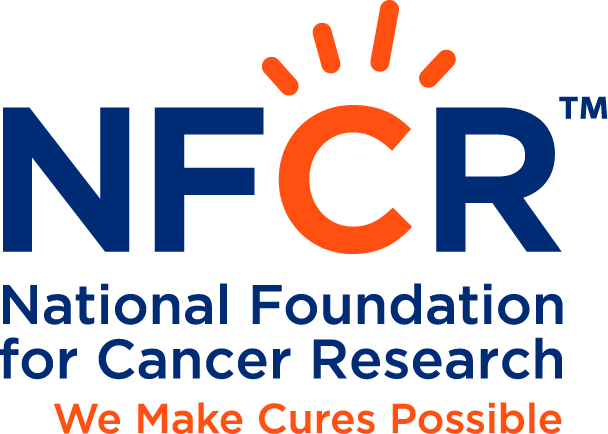Pediatric Cancer Drug Has 93% Effectiveness

A new cancer drug, larotrectinib, has in a very early clinical trial been shown to have a 93% (14/15) effectiveness rate for pediatric cancers; that is to say, for not just one cancer, but many.
Hailed by the U.S. Food and Drug Administration as a “breakthrough therapy,” larotrectinib targets a specific fusion of two genes in the cancer cell, no matter what cancer type. Researchers specifically focused on fusions involving TRK, short for tropomyosin receptor kinase, a gene playing a key role in brain and nervous system development and that has a limited role in nervous system functions, such as regulating pain in later life.
“In some cancers, a part of the TRK gene has become attached to another gene, which is called a fusion; when this occurs, it leads to the TRK gene being turned on when it’s not supposed to be and that causes the cells to grow uncontrollably,” explains lead author Dr. Ted Laetsch, Assistant Professor of Pediatrics and with the Harold C. Simmons Comprehensive Cancer Center in Dallas, Texas.
He adds: “What’s unique about the drug is it is very selective; it only blocks TRK receptors.”
While not common in adult cancers, the opposite is true for TRK fusions in rare pediatric cancers such as infantile fibrosarcoma, cellular congenital mesoblastic nephroma and papillary thyroid cancer. Larotrectinib remains in the clinical trial stage (further trials will be necessary for full FDA approval), but the results stemming from targeting this particular fusion border on the spectacular.
“Every patient with a TRK fusion-positive solid tumor treated on this study had their tumor shrink. The nearly universal response rate seen with larotrectinib is unprecedented,” says Laetsch.
Larotrectinib belongs to a class of molecules known as kinase inhibitors, which work by cutting back on the enzymatic activity of a key cellular reaction. The selectivity of the drug means it does not cause the severe side effects associated with many traditional cancer treatments, and none of the patients with TRK fusions had to quit the study because of a drug-induced side effect.
“For some of the targeted drugs in the past, many patients responded initially, but then resistance developed quickly. To date, the response to this drug seems to be durable in most patients,” said Laetsch, who investigates the use of tumor molecular profiling to guide therapy in the University of Texas Southwestern’s Pediatric Hematology and Oncology Division.
A next step in the research is a clinical trial involving a similar drug for those patients who developed resistance. Dr. Laetsch will be the national leader for that clinical trial in children. Further trials will be necessary for full FDA approval.
References:
- Laetsch, Theodore, et al. Larotrectinib for paediatric solid tumours harbouring NTRK gene fusions: phase 1 results from a multicentre, open-label, phase 1/2 study. (March 2018) The Lancet. https://doi.org/10.1016/S1470-2045(18)30119-0











